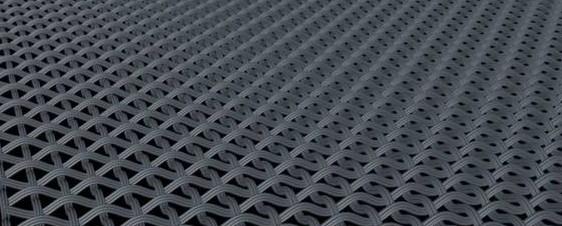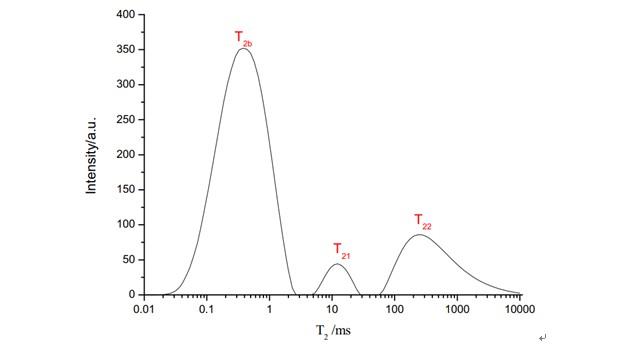Using low-field NMR to elucidate changes in moisture distribution and state of wet porous fabrics during simulated drying. The fabrics are dried under different moisture regain conditions and there are three different water components: bound water, capillary water and free water. The content of bound water increased slightly during drying, while the content of flowing water (including capillary water and free water) decreased.
Porous insulating fabrics readily acquire large amounts of moisture under high humidity conditions. Acquired moisture can have complex effects on insulating properties and latent heat, which may play an important role in thermal conduction resistance, and it is necessary to understand the moisture status and distribution inside porous fabrics under the action of high-temperature heat sources. The hygroscopicity of flame retardant fabrics also has an important impact on the thermal protection performance of firefighter clothing in high temperature environments or flash fires. Through the dynamic monitoring of water flow and distribution inside porous fabrics, it is helpful to design and select suitable fabric materials for fireproof clothing to ensure fireproof performance.
NMR spectroscopy, which reveals information about molecular structure and motility, is a fast, non-destructive analysis tool. Typically, the NMR transverse relaxation time (T2) is used to study the mobility and distribution of water. The difference in T2 value reflects the different state of moisture in the material, the higher the T2 value, the greater the fluidity of water, and the higher the fluidity. In recent years, LF-NMR has been successfully applied to quantify changes in moisture distribution and mobility during food transformation and drying, or to elucidate moisture state and distribution in fibrous or/polymeric materials.
The aim of this paper is to use LF-NMR techniques to determine the state of water and its role in the physical structure of the fabric matrix under the influence of a source of thermal radiation. Understand the interaction between fabrics and water, assess the effects of moisture content and the kinetics of water desorption (simulating drying).
 NIUMAG
NIUMAG


WeChat
Scan the QR Code with WeChat